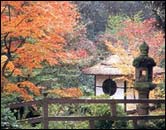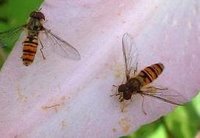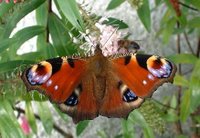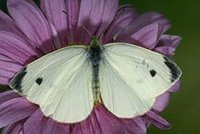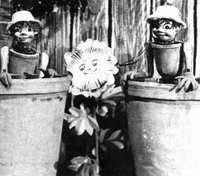Did you know there is also a Red Clover? This is widely used as a herbalist medicine, and is said to contain properties to help `clean the blood.` Only the flowers are used for this purpose. Some people suggest it is helpful in the treatment of upwards of 30 medical problems, many of them affecting women.
Red Clover
Latin name: Trifolium pratenseOther names: Purple Clover, Trefoil, Wild Clover
A Remedy For
- Bronchitis
- Cough
- Eczema, boils, acne
Taken internally, Red Clover is used for respiratory problems, particularly whooping cough. Externally, it's considered a treatment for chronic skin conditions such as eczema and psoriasis.
What It Is; Why It Works
Red Clover contains isoflavone compounds that theoretically could help prevent certain types of cancer, including breast and prostate cancer. However, an actual protective action in humans remains to be demonstrated.
In the meantime, Red Clover is valued for its ability to loosen phlegm and calm bronchial spasms. A small perennial herb with fleshy red or white flowers, it is native to Europe, central Asia, and northern Africa, and is naturalized in many other parts of the world. For medicinal purposes, only the flowers are used.
Avoid If...
No known medical conditions preclude the use of dried, unfermented Red Clover. However, fermented preparations should be strictly avoided.
Special Cautions
At customary dosage levels, Red Clover appears to present no problems.
Possible Drug Interactions
No interactions have been reported.
Special Information If You Are Pregnant or Breastfeeding
No harmful effects are known.
How To Prepare
Red Clover is available as a dried herb, and in tablets, capsules, and alcohol solutions (tinctures).
To make a tea, pour 1 cup of boiling water over 2 to 3 teaspoonfuls of dried Red Clover flowers, cover, and steep 10 to 15 minutes.
Typical Dosage
Tea: 3 cups per day
Capsules and tablets: 2 to 4 grams 3 times per day
Tincture: 2 to 4 milliliters 3 times per day
Overdosage
No information on overdosage is available.
Photo

